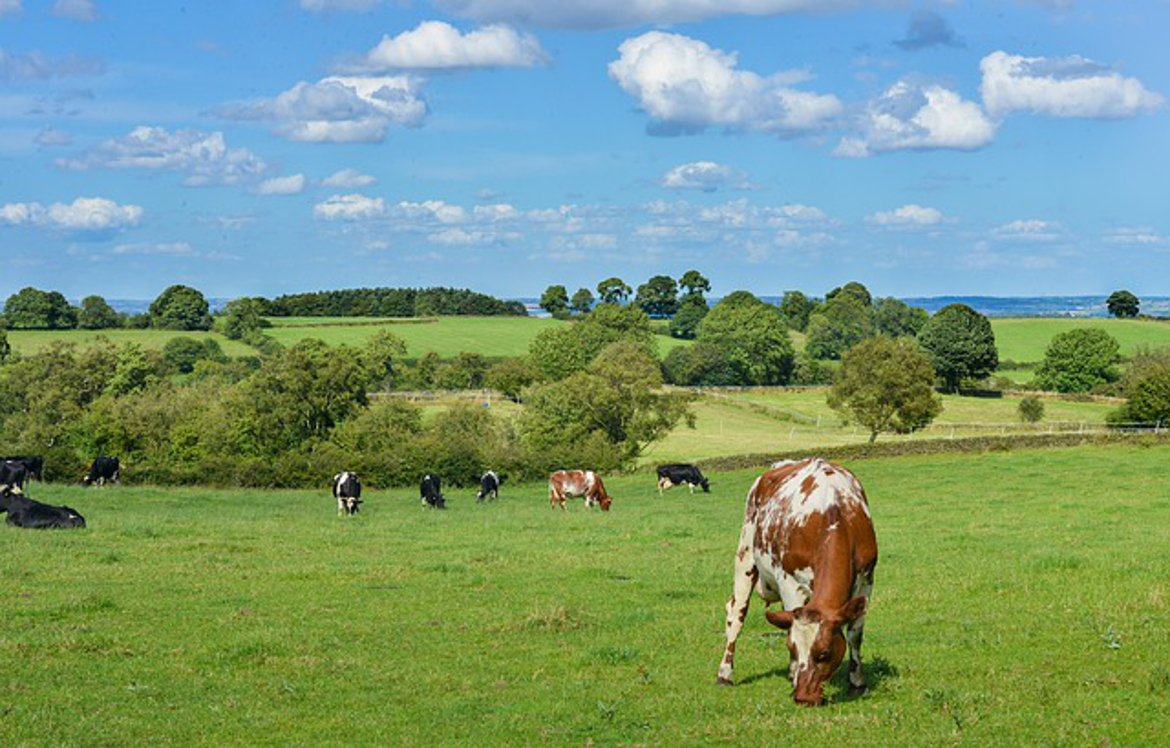Grass Fed Beef: The Right Type of Beef That Will Bolster Your Health
Author: Dr. Joseph Mercola
Purchasing meat typically involves an initial check of its price, but not everyone is inquisitive when it comes to its nutritional content and freshness. Fortunately, the movement towards grass fed beef is continuously gaining momentum, because more and more people are realizing about the benefits this type of beef offers to human health and the environment.
Continue reading to learn what grass fed beef is, how it stacks up against typical beef and where you can find the best sources of high-quality meats in your area.
Why You Should Consider Grass Fed Beef
Grass fed beef comes from cows that are allowed to graze on pasture and consume their natural diet of grass. This situation is different from cows raised in concentrated animal feeding operations (CAFOs), which are fed a processed diet containing grains and even growth-promoting drugs.1
Organic grass fed beef production requires more effort and attention to detail, as ranchers have to follow strict guidelines that’ll ensure the meat’s freshness and quality.
Because grass fed cows are grown in more humane conditions, the meat’s quality is superior to conventional beef. The meat also tends to be loaded with more nutrients, without the risks attributed to harmful pathogens that are found in conventional beef (more on this later).
Positive long-term effects of grass fed beef production on the environment must be emphasized too. A study published in the journal Nature Plants sought to discover the benefits of organic versus conventional farming under four key sustainability metrics: productivity, environmental impact, economic viability and social well-being.
Researchers analyzed data that emerged in the past 40 years, and the results highlighted these positive effects connected to organic farms:2,3
- More profitable and can earn farmers anywhere from 22 to 35 percent more compared to their conventional counterparts
- More environmentally friendly
- Able to produce equally or more nutritious foods with fewer or no pesticide residues
- Can provide unique benefits to the ecosystem
- Can deliver social benefits
Health Benefits of Grass Fed Beef
Beef in general already contains certain nutrients that are good for your body. However, grass fed beef goes above and beyond because it is simply more nutritious, possessing these important components:4
| Lower amounts of total fat | Higher levels of beta-carotene | Higher in vitamins B1 (thiamin), B2 (riboflavin) and E |
| Higher amounts of minerals like calcium, magnesium and potassium, alongside other minerals like iron, zinc, sodium and phosphorus | Higher portions of total omega-3 fatty acids | Higher amounts of conjugated linoleic acid (CLA or cis-9 trans-11), a potential cancer fighter |
| Higher amounts of vaccenic acid that can be transformed into CLA | A healthier ratio of omega-6 to omega-3 fatty acids |
‘Meat’ Your Match: Grass Fed Beef Versus Grain Fed Beef
Grass fed beef’s benefits do not end with its high nutritional content. If you’re still not convinced why beef from grass fed cows is better, take note of these key points:
•Humane growing methods: Grass fed cows consume their natural diet of grass, since they have been allowed to graze on grasslands during their lifetime. A grass-rich diet consequently boosts the cow’s health and the quality of meat.
Meanwhile, cows in profit-hungry CAFOs are fattened for slaughter by being fed artificial diets that contained grains, corn, soy,5 growth-promoting drugs and antibiotics. Eventually, this diet altered the bacterial balance and composition in the animal’s gut, resulting in meat that’s tainted with potentially health-damaging bacteria.
•Greater fatty acid composition: As mentioned earlier, grass fed beef contains higher ratios of healthy fats like vaccenic acid, conjugated linoleic acid and omega-3 fatty acids, compared to grain fed cows.
•Fewer amounts of bacteria: Overcrowding of cows in CAFOs is a very common situation that may lead to increased bacterial contamination. Samples of CAFO-grown beef revealed traces of antibiotic-resistant bacteria that may have contributed to the increasing number of antibiotic-resistant disease cases being reported.
Consumer Reports examined 300 samples of conventionally raised and sustainably produced (including grass fed) ground beef to see if there were traces of five types of disease-causing bacteria: Clostridium perfringens, Salmonella, Enterococcus, Staphylococcus aureus and E.coli (including O157 and six other toxin-producing strains).

